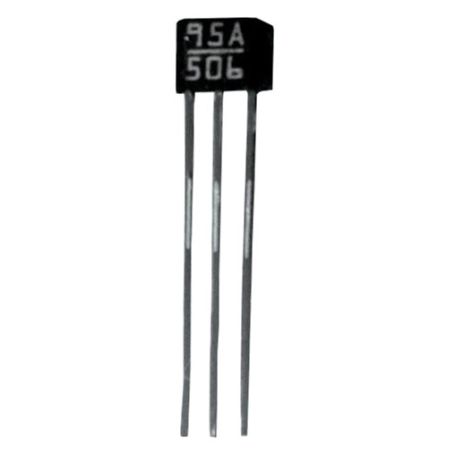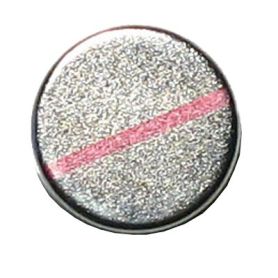[T] - Analog Hall Effect Sensor - SS495A
ANALOG Hall Effect Sensor - Gauss meter
Payments are secured by LyraCollect, a French payment collection company.
It is possible to delivered to your home, to a pick-up point or picked up by appointment at MCHobby
We prepare, pack and ship your orders with great respect and care.
Description
The ANALOG Hall Effect sensors allows to detect if a magnet is nearby and what is the "strength" of the magnetic field. This value is measured in Gauss, the Earth's magnetic field being around 0.5 Gauss.
This sensor is an ANALOG sensor, the output voltage is proportional to the magnetic field. This allows a Gauss Meter to be made to measure magnetic fields.
If you need to do a position detection, encoder, rotation detection then we recommend the use of a digital hall effect sensor like this.
This sensor works perfectly with the "Rare Earth" magnets that we also propose on our WebShop.
For each order, you will receive a SS495A Hall Effect sensor, linear (ratiometric).
Technical details
- Consumption: 7mA to 5V DC
- Linear output
- Operating temperature: -40°C to +150°C
- Supply voltage: 4.5 to 10.5 V DC
- Recommended supply voltage: 5V DC
- Sensitivity: 3.125mv/Gauss
- Linearity of 1%
- Response time: 3µS
- Output current (sink or source): 600µA
See the SS495A datasheet.
Use
Operates with a supply voltage of up to 11VDC. Given that the Gauss/Output voltage characteristic is known for a 5V supply voltage, we therefore recommend the use of a 5V supply voltage.
The sensor output is an analog voltage which varies between 0.5V and 4.5V (see the graph in the product sheet)
Connect the power supply on pin 1 (on the left), the ground/GND on pin 2 (middle) and finally the output on an analog input of your Arduino.
Then, monitor the voltage on pin 3, when the magnet passes near the front of the sensor, pin 3 must have a voltage higher than 0.5V. The voltage will be proportional to the strength of the magnetic field.
Attention: this sensor is uni-polar, so nothing happens if it's the north pole of the magnet which passes near the sensor.
Tutorial
- Analog Hall Effect Sensors to make a GaussMeter for Arduino on our Wiki in French
- See also our tutorial on the digital hall effect sensor (for Arduino)
- This excellent article (in English) from the supplier.








